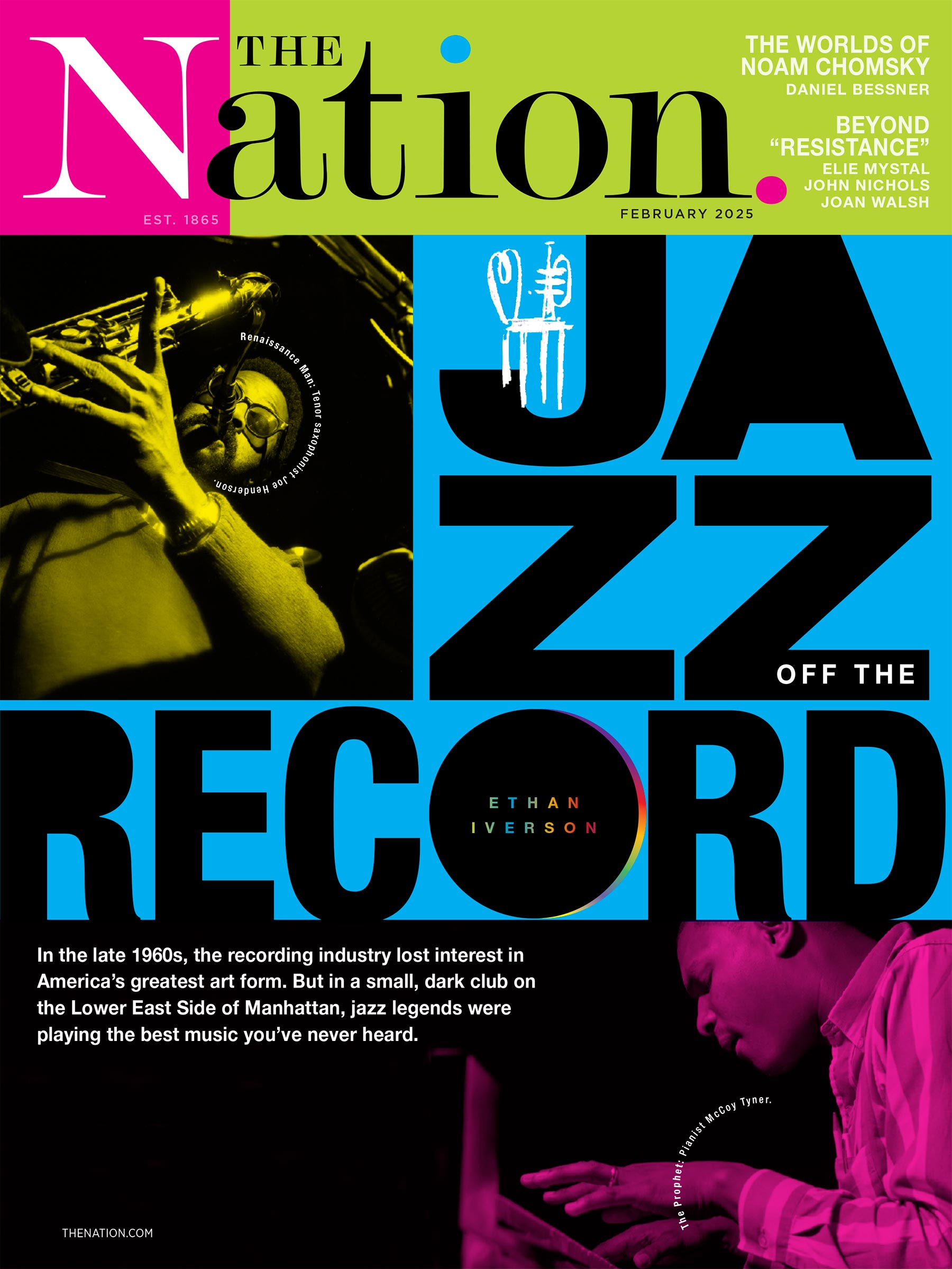In the closing lines of her poem “One Art,” Elizabeth Bishop makes an agonizing concession: “the art of losing’s not too hard to master/though it may look like (Write it!) like disaster.” For some of her most devoted readers, Bishop is a master lately beset by posthumous disasters. Several years ago the publication of Edgar Allan Poe and the Juke-Box, a collection of Bishop’s unpublished poems, drafts and fragments, drew a stern rebuke from the critic Helen Vendler: “Students eagerly wanting to buy ‘the new book by Elizabeth Bishop’ should be told to go back and buy the old one, where the poet represents herself as she wished to be known.” This year, on the occasion of Bishop’s centenary, her longtime publisher, Farrar, Straus and Giroux (FSG), has gathered her published and unpublished work into two fat, gumball-colored volumes, Poems and Prose. The poet April Bernard recently protested that they repeat the wrong committed by Edgar Allan Poe and the Juke-Box: the promotion of writing that is decidedly not poetry or prose because it falls short of the inimitable achievements of Bishop’s published work.
“All the poems are interesting, because they are by Eliot. Even when he is being imitative or experimental, the technical facility is striking. But the volume as a whole reaffirms one’s sense that when it came to the public presentation of his work, Eliot was a shrewd editor.” This is the critic Louis Menand discussing Inventions of the March Hare: Poems 1909–1917, a collection of unpublished poems by T.S. Eliot that appeared in 1996. Menand’s judgment applies equally to editions of the unpublished poems of Bishop, who was no less painstaking than Eliot. But for Bernard, despite Bishop’s being a canonical figure whose reputation is secure, the posthumous publication of her unpublished work only defiles her art. Apparently, instead of reading such work with discrimination to deepen our sense of Bishop’s ambition and achievement—to better understand how Bishop became Bishop—we should stick to reading her classics and planning pilgrimages to her grove on Parnassus.
For the publication of Poems and Prose Bernard blames the “biographical fallacy, born of this age of too much information” and “the impulse to lumber an artist’s work with the detritus.” This is a feeble accusation. As anyone who has read the facsimile edition of the Waste Land manuscript knows, not all detritus is dross. And that bit of Eliot’s detritus was published in 1971, decades before the digital flood. A short time later, in the 1980s, critical studies of Bishop offered the first glimpses of her uncollected and unpublished poems and prose.
Bernard is right to criticize Poems and Prose, but she does so for the wrong reasons. With several minor exceptions, the volumes repackage the contents of an edition of Bishop’s published and unpublished poetry and prose brought out three years ago by the Library of America. (An editor of that volume, Lloyd Schwartz, is the editor of Prose.) The LOA volume, a hardcover, is sturdier and more elegant and portable than the new FSG editions. At $40, the LOA volume costs just $4 more than the Prose and Poetry paperbacks, and $35 less than the hardcover set of the two volumes. On the occasion of the poet’s centenary, her publisher has undertaken a purely commercial gambit, and that is why these books poorly serve their author. Why couldn’t FSG have issued a genuinely commemorative and handsome box set? Two of the volumes could be ones still available from the publisher: the exquisitely designed and typeset paperback editions of The Complete Poems, 1927–1979 and The Collected Prose. A third, edited volume could house Bishop’s unpublished and uncollected poetry and prose. Instead, what has been offered is an artifact of pulp, two ornamental books waiting and wishing, as Bishop once wrote of a hollow wooden monument, “to cherish something.”
* * *
The monumental scope of James Gleick’s new book is announced by its title: The Information: A History, a Theory, a Flood (Pantheon; $29.95). The book is both a millennium-spanning history of the technologies that have generated and communicated information and a priestly meditation on “the information”—a totality that Gleick believes engulfs human experience. Information is not only the basis of knowledge but something we are creatures of, not the product of the social world but its engine. Gleick’s breathless prose expresses his awe of the information and his satisfaction about having caught it by the tail. For all that, the history he tells is often erudite and entertaining. While discussing the first dictionary in English, a word-book published by Robert Cawdrey in 1604, Gleick pauses often to savor Cawdrey’s definitions: “chaos: a confused heap of mingle-mangle.” In his account of how Charles Babbage toiled to perfect a mechanical calculator called the Difference Engine, Gleick lightens the mood with an anecdote about Babbage writing to Tennyson to correct the math in one of the poet’s couplets: “Every minute dies a man,/Every minute one is born.” Babbage pointed out that “one” should be changed to “one and a sixteenth” to reflect the fact “that the said sum total is constantly on the increase.”
The Information is marred by a miscalculation of its own. The unfolding of the book’s narrative and argument suggests that information has completed a linear progression, from analog matter to digital bits. But Gleick also implies that the history of information is not progressive: “Like the printing press, the telegraph, and the telephone before it, the Internet is transforming the language simply by transmitting information differently.” Inconsistencies like this can leave the reader in a confused heap of mingle-mangle.


